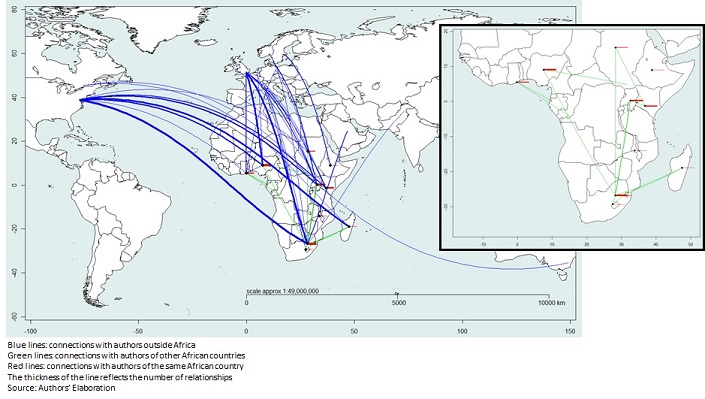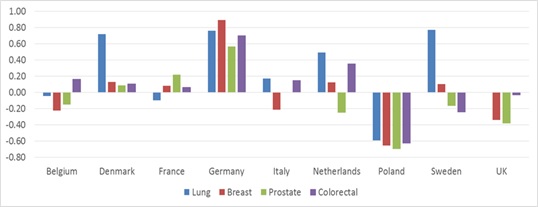Health Technology Assessment (HTA)
Health Technology Assessment (HTA) is a multidisciplinary process that uses explicit methods to determine a health technology’s value for healthcare decision-making. Attitudes towards HTA vary globally, with some countries using a variety of methods and analyses and others hardly any.

Eliciting the Relative Value of Life Extension at the End of Life
29 November 2016
Rachel Baker of Glasgow Caledonian University and Koonal Shah of OHE discussed societal viewpoints regarding end of life treatments at a recent seminar.

Presentations and Posters from ISPOR Europe 2016
24 November 2016
ISPOR’s 19th Annual European Congress was held in Vienna, 29 October – 2 November 2016. Several members of the OHE team attended and contributed to the…

Health Economic Evaluation throughout the Ages
15 November 2016
On Wednesday 21st September 2016, Professor Philip Clarke from the University of Melbourne led an OHE Lunchtime Seminar on the topic of: Health Economic Evaluation throughout…

New Publication: Bibliometric Trends of Health Economic Evaluation in Sub-Saharan Africa
8 November 2016
A new study which explores the relationship between sub-Saharan African authors and their respective co-authors has been published in Globalization and Health. The study was a…

OHE at ISPOR Europe 2016: Risk-sharing, Differential Pricing, the Cancer Drugs Fund, and Patient Reported Outcomes
26 October 2016
ISPOR’s 19th Annual European Congress is scheduled for 29 October – 2 November 2016 in Vienna. This post contains a summary of the contributions by various…

New Report Published: Improving Efficiency and Resource Allocation in Future Cancer Care
26 September 2016
The Office of Health Economics (OHE) and the Swedish Institute for Health Economics (IHE) publish a report evaluating the efficiency of resource allocation in cancer care…

OHE at Priorities 2016: Valuing Health at the End of Life and MCDA for Priority Setting
19 September 2016
OHE’s Koonal Shah presented findings from his review of public preferences regarding end of life treatments at the Priorities 2016 conference in Birmingham. Martina Garau chaired…

OHE Lunchtime Seminar on 21 September 2016: Health Economic Evaluation throughout the Ages
8 September 2016
On Wednesday 21st September, Professor Philip Clarke from the University of Melbourne will lead an OHE Lunchtime Seminar on the topic of: Health Economic Evaluation throughout…

Two New Publications: ‘New Age Decision Making in HTA’ and ‘How Can HTA in Asia-Pacific Respond to Increased Clinical Uncertainty?’
6 September 2016
OHE has just published two new briefings entitled ‘New Age Decision Making in HTA’ and ‘How Can HTA in Asia-Pacific Respond to Increased Clinical Uncertainty as…